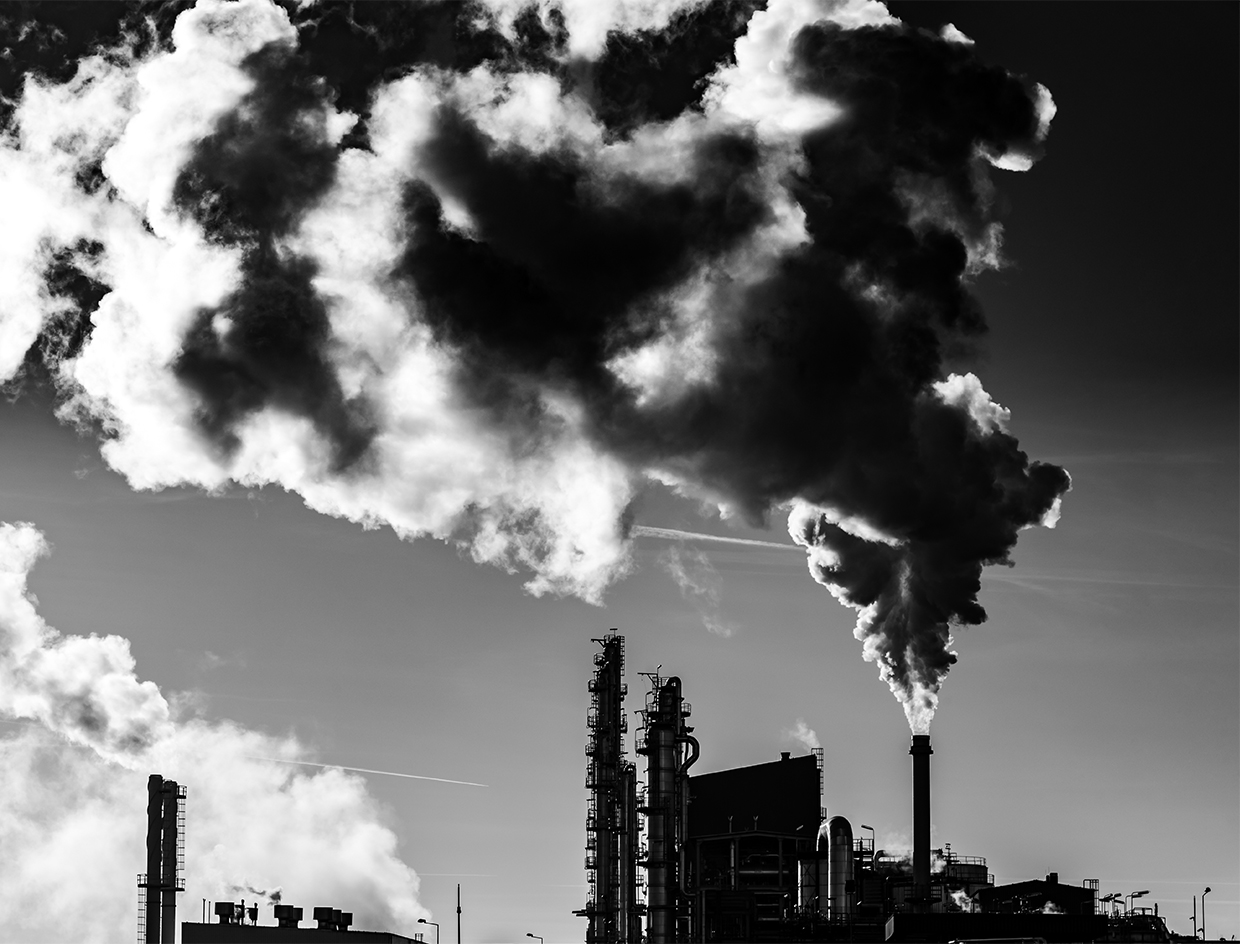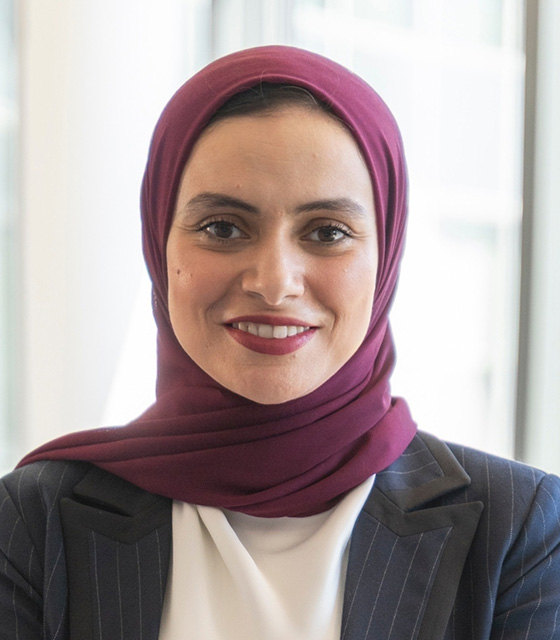Trade finance and the words ‘low risk’ have long been natural bedfellows, bracketed together because of the sector’s low default rates, short maturity loans, and even the comfort of export credit agency guarantees. Climate risk could be about to change all that, writes Sarah Rundell.
The signs are everywhere. A 2017 study of US crop yields by the Potsdam Institute of Climate Impact Research found substantial harvest losses across wheat, soybean and maize when temperatures rose above 30°C. Arabica coffee, which accounts for 60% of global output, grows in tropical highlands in South America and Africa, where rising temperatures are reducing bean-growing land, and disease and pests exacerbated by climate change are on the rise. Even key trade infrastructure is at risk. “Mombasa port will come under severe threat if sea levels rise just a little,” warns Tusekile Kibonde, resident underwriter at the African Trade Insurance Agency (ATI) in Tanzania.
It leaves trade finance facing new threats such as delays, spoilage and transport costs caused by damaged infrastructure, and the possibility of regulation on carbon emissions or water use hitting production. Not to mention banks’ reputational risk if they are now caught financing unsustainable trade practices, poor labour conditions or environmental damage.
Of course, many banks are investing in sustainability. HSBC has just pledged US$100bn of sustainable financing investment by 2025, banks have poured into renewables, many have stopped lending to finance coal, issued green bonds and signed up to international standards. But when it comes to integrating climate risk into their trade finance portfolios, banks are behind the curve.
One reason commodity trade finance has been slow to factor in climate risk is because progress in science and technology has kept food prices steady, despite the impact of climate change and population growth. According to the UN’s Food and Agricultural Organisation’s Food Price Index, current food prices remain well below the all-time high recorded in 2011. “We are not enjoying a smooth ride, but technology, science and super-efficient supply chains mean we have been able to adapt,” says Jean-François Lambert, founding partner of Lambert Commodities.
Science is certainly coming to the rescue of the coffee industry. A 2015 study by the International Centre for Tropical Agriculture warned that temperature increases of 2 to 3 degrees will push Arabica coffee production to higher altitudes as rising temperatures and new rainfall patterns limit the areas where it can be grown. Without changes to varieties and farming practices, the crop will grow increasingly vulnerable to disease like coffee leaf rust, causing unpredictable yields that force prices higher, it said. Now new plant varieties bred for qualities such as disease resistance and drought tolerance, are taking root. “It’s a completely new approach to coffee breeding where we are seeing plants with improved yields and much more vigour,” enthuses Hanna Neuschwander, communications director at World Coffee Research (WCR), an organisation set up in 2012 to focus particularly on helping coffee producers adapt to climate change by developing genetic improvements to the crop.
Producers and consumers have also grown adept at putting in place short-term strategies to navigate the consequences of extreme weather events, like storing limited amounts of water or stockpiling produce to profit from price rises around the corner. Traders now identify other sources of commodity and switch supply when production is hit, while buyers hedge their commodity risk and often pass the price rise onto consumers. Besides, many financiers say their priority is next year’s harvest rather than long-term climate risk, which could be balanced out by demand uncertainties anyway. “Long-term supply and the impact of climate change is one thing, but on the other side there are plenty of demand uncertainties too,” says Stefan Vogel, head of agri commodity market research at Rabobank.
A global phenomenon
But climate risk is starting to bite despite scientific progress and short-term fixes. Some farmers are responding to climate change by diversifying in a trend that could impact prices and volatility in some crops.
In South America, climate change has led to warmer, wetter conditions that exacerbate coffee leaf rust. Now farmers have begun to grow other crops like bananas, cassava, cocoa and cardamom, says the Fairtrade Foundation. In Brazil’s robusta-growing Espirito Santo region, coffee farmers have switched to growing pepper because of drought. Black pepper is no longer “a side activity” for many farmers, says Carlos Mera, an analyst at Rabobank, although he notes that because pepper prices have eased, the trend is no longer a “formidable threat” to the coffee area. In Espirito Santo, rainfall has been as much as 80% below normal levels.
The link between climate change and the spate of hurricanes that barrelled across the Atlantic in September may be debated among scientists, but the storms sent cotton prices into a tailspin. US cotton futures spiked 5% in early September as traders bid up prices in expectation of hurricanes devastating fields in America’s southern states and hitting supply chain logistics and infrastructure. In the end the crops weren’t as badly damaged as feared, leading to the price dropping 7% at the end of the month. John Bondurant, president of Memphis-based Bondurant Futures and veteran cotton trader believes genetically developed, stronger crops helped the cotton withstand the worst of the weather. “The genetics are damn good; somehow they stood up,” he says.
In Africa, where producers are increasingly feeling the effects of drought and flooding on yields, local lenders are becoming more risk aware. Big farmers with multiple buyers and export contracts easily secure trade finance, but smaller farmers are struggling. It’s because banks are insisting on multiple offtake agreements to spread the risk before they are prepared to lend, says ATI. “Banks don’t want to lend to farmers with only one or two clients because if it is a bad harvest they are unlikely to get paid. If a farmer has multiple clients, the thinking is that at least one of those contracts will pay, even if it’s a bad year,” says Kibonde.
In another sign of the changing picture, ATI has recently raised its own premiums and cut its exposure to smaller farmers because of the impact of erratic weather patterns on harvests. “We have put up the cost of our insurance and lowered our exposure. We’re not declining cover but we have a lower appetite level and need to factor in the risks,” she says.
Banks do more
Many experts say that short-duration trade finance doesn’t need to integrate the long-term impact of climate change. Not like, say, a 20-year project financing that could have to weather all kinds of environmental risk in a changing world. Yet trade finance holds a pivotal role, enabling the production, trade, shipping and processing of most commodities, with the World Trade Organisation estimating that between 80 and 90% of global trade relies on trade finance.
It means that trade finance has an ability to influence corporate behaviour, prioritise sustainability and encourage policies to help limit the impact of climate change that will ultimately safeguard the commodities on which the sector depends. Trade finance is in a position to make a real difference, argues Rudiger Senft, head of corporate responsibility at Commerzbank. “Instead of retrenching from trade, we need to work out how to make the trade that we do finance more sustainable.”
Sure enough, some banks are beginning to push long-term solutions, none more so than around deforestation. Clearing forests for agricultural production accounts for more emissions than the entire global transportation sector and is second only to the energy sector, says the UN. In Indonesia and Malaysia, deforestation to clear land for palm oil production is especially polluting because it often happens on peat lands – unique wetland ecosystems that store massive amounts of carbon.
In 2014, the Cambridge Institute for Sustainability Leadership (CISL) and the Banking Environment Initiative, a group of 12 global banks aiming to boost soft commodity flows not linked to deforestation, launched the sustainable shipment letter of credit (SSLC). So far progress has centred on certifying palm shipments that comply with Roundtable on Sustainable Palm Oil rules – currently around 19% of the market. Certified palm then qualifies under the IFC’s global trade finance programme for guarantees, enabling trade finance banks to offer borrowers reduced pricing to encourage the trade.
The hope is that the SSLC, its robust certification and promise of cheaper trade finance for sustainability, will extend beyond palm oil. It could also be applied to other trade finance products. “It should move from LCs to other trade service products, such as bank payment obligation and open account finance offerings,” argues Commerzbank in a recent report.
Export credit agencies (ECAs) could also do more to help, says the CISL. It urges ECAs to “widen their scope beyond project finance” to include short-term trade transactions with similar preferential terms for sustainable trade finance. CISL calls on international commercial banks to “engage further” with ECAs to develop facilities that provide discounted pricing or enhanced capital treatment for the finance of sustainably produced commodities.
But despite the carrot of cheaper finance for banks booking sustainable palm oil, uptake of the SSLC has been slow. The IFC says it has done around US$500mn of SSLC deals since the programme started in 2014. Even with price incentives, sustainable palm is still expensive. Plus the fact that smaller banks are less worried about reputational risk could be to blame.
“Smaller local lenders may be less exposed to the reputational issues driving this and therefore may continue to be active in commodity sectors other international lenders would not,” suggests Andrew Hedges, climate change and clean energy lawyer at Norton Rose Fulbright. Moreover, trade finance is highly competitive: if one bank says they won’t finance something on sustainability grounds, another is usually quick to step in.
Yet Hyung Ahn, global manager, trade and commodity finance at the IFC, believes the programme has established an important benchmark. “When it comes to good, eligible trade transactions, we want to provide an incentive for banks to do more, in the right way. It is about coming up with standards so that sustainability becomes engrained in banks’ DNA and is no longer just auxiliary. This supplements work we are doing to raise industry standards through our performance standards for banks and our sustainable banking network.”
The banks backing the SSLC initiative were responding to pressure from the world’s biggest purchasers of agricultural goods, including Unilever, Nestlé and Coca Cola. These companies led the push by announcing their objective to achieve zero net deforestation in their supply chains by 2020 through trading only in sustainably-produced commodities.
In other initiatives, Mars, Unilever and Nespresso have invested in Rainforest Alliance certification to help farmers deal with climate volatility and land degradation, and increase their resilience to drought and humidity – all steps to help ensure long-term supplies.
Now banks too are being encouraged to support multinationals increasing sustainability and climate-proofing their supply chains in other areas. “Trading companies face real, urgent challenges. Corporates and producers are looking to their banks for expertise on how to build resilient, future-proof supply chains,” says Senft at Commerzbank.
A key part of WCR’s strategy involves encouraging banks to lend to the coffee industries’ thousands of small farmers. Most have low margins and need loans to buy the more expensive genetically modified plants. “Trying to replant a section of a farm is a big outlay for a farmer and banks don’t tend to lend to SMEs in many coffee-producing countries,” says Neuschwander. Together with private sector exporters, importers and roasters, the WCR has developed 1,200 trial sites around the world to measure the profitability of using improved coffee varieties. “This will provide the financial data that farmers can then take to banks,” she says. “Banks have the money to invest but are unsure if they will be paid back. This improved data will hopefully show secure returns on investment,” she says.
The impact of climate change on commodity prices is hitting certain markets and regions harder than others. Farmers and end-users have their eye on the long-term, but traders and banks are still focused on the short-term. “Long-term sustainability will be more profitable than short-term gains, which are ultimately risky and damaging,” warns Senft.






